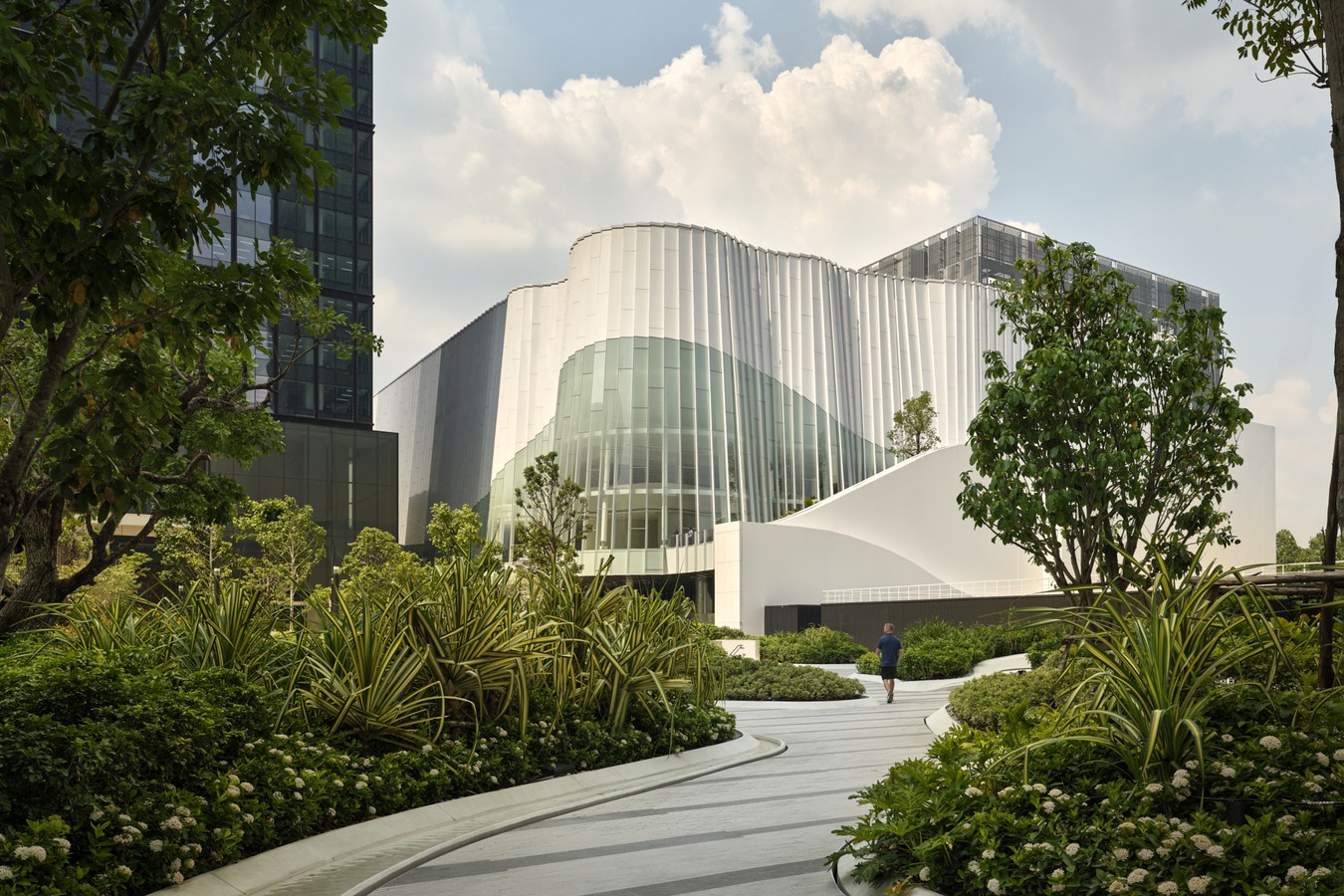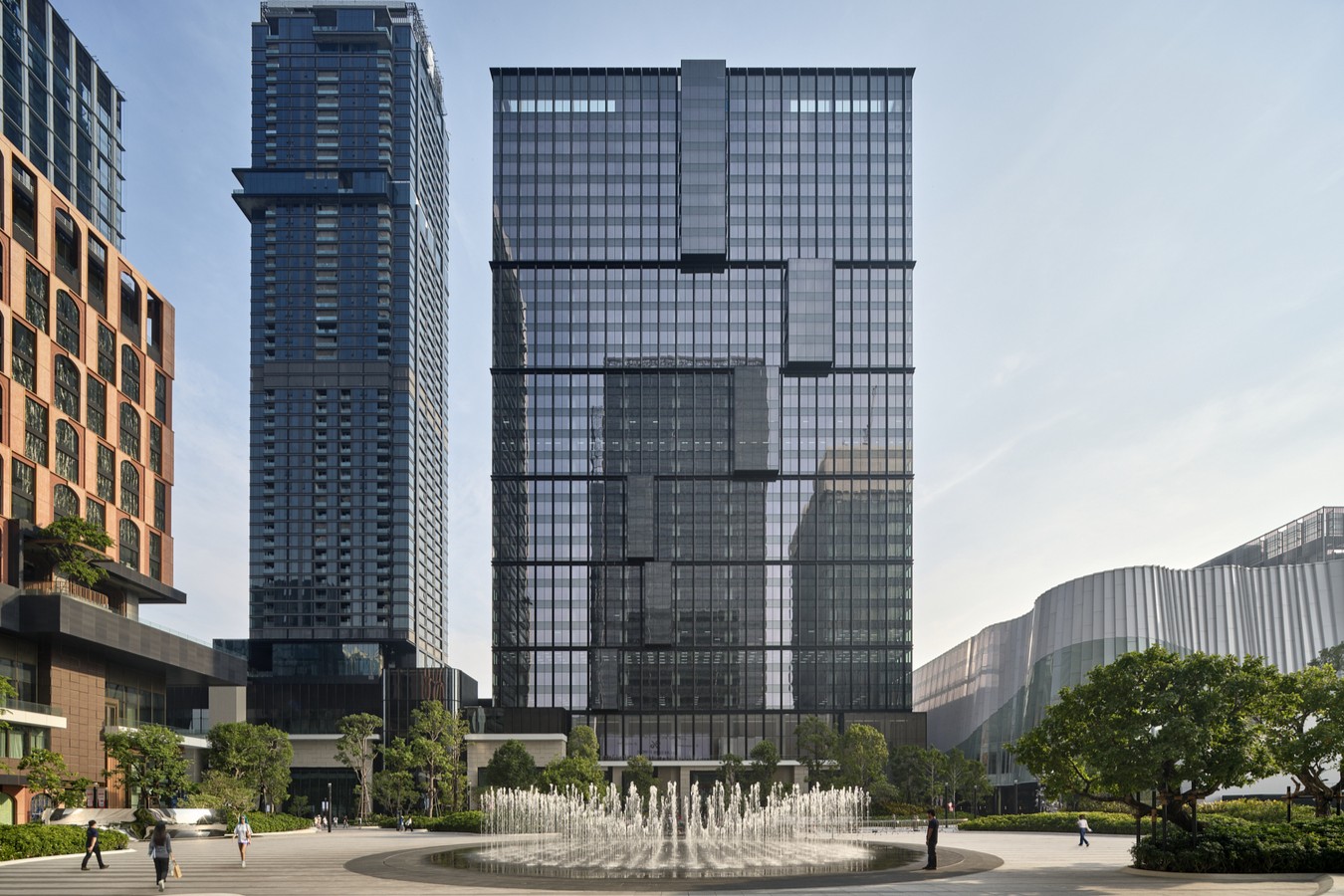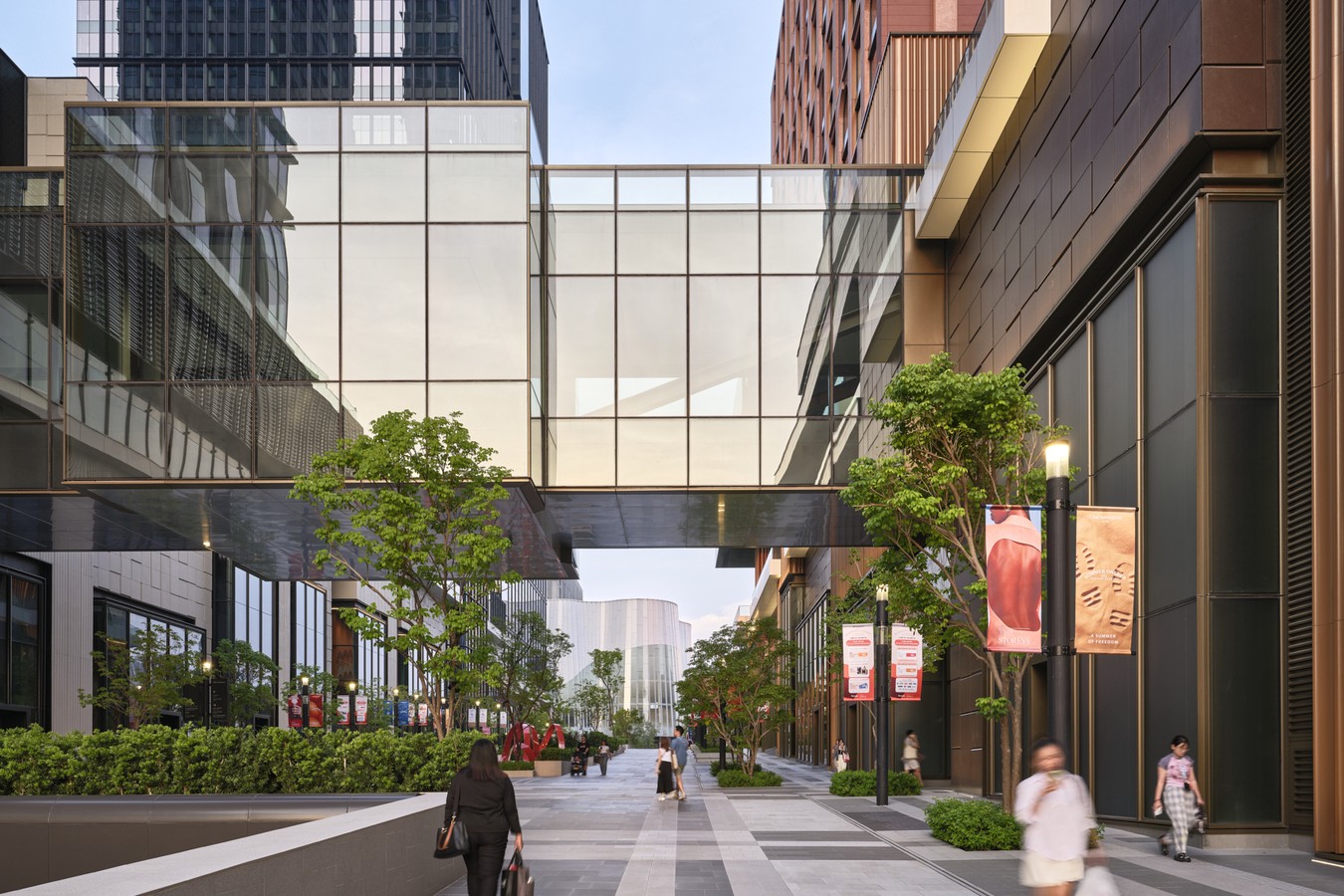Search
Recent Search
Directory Shop

Recent Search
Directory Shop
04 Jul 2025

In the past, public spaces—such as parks, activity plazas, and open-air areas—were often perceived as empty lands awaiting development. Today, that perspective has shifted entirely. Public space has become the heart of urban living, enhancing quality of life, supporting physical and mental well-being, and nurturing social bonds within communities.
As a result, public space design must now evolve to meet modern demands. These spaces should reflect the real lifestyles of people while accommodating the diverse ways individuals interact with their surroundings in a rapidly urbanizing world.

What Is a Public Space?
A public space refers to any open area that is accessible and usable by everyone. This includes public parks, community plazas, pocket gardens, and various green spaces. These areas play a vital role as social gathering spots where people can relax, engage in leisure, and participate in shared activities. More than that, public park design contributes to urban balance, benefiting environmental systems, public health, and overall community well-being.
Key Principles of Effective Public Space Design
Creating a successful public space design—whether it’s a city park, urban green space, or a multipurpose plaza—requires careful planning based on the following core principles:
Public spaces should be seamlessly connected to public transport systems and offer multiple entrances to avoid congestion. Design must ensure universal access —accommodating everyone, including the elderly and people with disabilities—to promote inclusivity.
Good lighting in all areas, open sightlines, and appropriate security measures such as surveillance cameras or onsite personnel to help foster a sense of safety to ensure users feel comfortable at all hours.
Public spaces should accommodate a range of activities and be adaptable for different purposes at different times. This flexibility increases the functionality and long-term appeal of the space.
Well-designed seating areas, shaded zones (whether from trees or structures), restrooms, and drinking water stations enhance user comfort and encourage prolonged use of the space.
A well designed and vibrant public park should include aesthetic elements—such as scenic landscaping, outdoor art, photo spots, or event-friendly zones—to consistently draw public interest and interaction.
Using durable, eco-friendly materials—such as recycled components, rainwater management systems, and native plant species—helps ensure the park’s longevity and reduce environmental impact.
Inviting the community to participate in the planning and maintenance of public spaces fosters a feeling of ownership, ensures the space truly serves user needs, and builds a collective sense of responsibility for its preservation.
5 Trends Shaping Modern Public Park Design
Today, public park design has evolved to provide holistic, user-focused solutions. Here are five prominent trends driving the direction of future-forward public space planning:
1. Universal Design
This design approach emphasizes inclusivity through designing spaces that serve people of all ages and abilities. With user-friendly pathways, safe layouts, and ample amenities, the park will be accessible and equitable for everyone.
2. Technology Integration
Modern public landscape design now incorporates Wi-Fi access, charging stations, smart lighting systems, and mobile apps that provide navigation or real-time updates—enhancing usability and convenience.
3. Sustainability
Eco-conscious design is central to today’s parks. Features such as solar panels, stormwater management, and climate-resilient flora ensure that public park design supports the environment over the long term.
4. Community & Social Interaction
Flexible zones for group activities, children’s creative play areas, and conversation nooks encourage spontaneous social engagement, strengthening neighborhood connections and community spirit.
5. Art & Culture Integration
Infusing art and cultural programming into the landscape design of public parks — through installations, performances, or open-air galleries—adds emotional value and inspires creative experiences.

One Bangkok: A Visionary Approach to Public Space Design
One Bangkok sets the standard for future-ready public space design by embracing these key trends. The development prioritizes green, shaded areas and open-air zones to support a wide variety of activities. It also features designated spaces for cultural performances and art installations—delivering on principles such as accessibility, safety, flexibility, comfort, sustainability, and genuine community participation.
Spanning more than 80,000 square meters of green and open space, the project includes diverse plant life and over 5 kilometres of walkways, allowing for casual strolls, relaxation, and outdoor recreation. At the same time, smart technologies are seamlessly integrated to provide a safe and enjoyable environment.
Ultimately, One Bangkok isn’t just another park. It’s a visionary urban ecosystem that unites public space, green innovation, and park design architecture to create a vibrant community where people can live, share experiences, and be inspired—together, sustainably. As a model for a sustainable city, One Bangkok demonstrates how thoughtful public space design can transform urban living and shape the cities of tomorrow.
Tag
SHARE